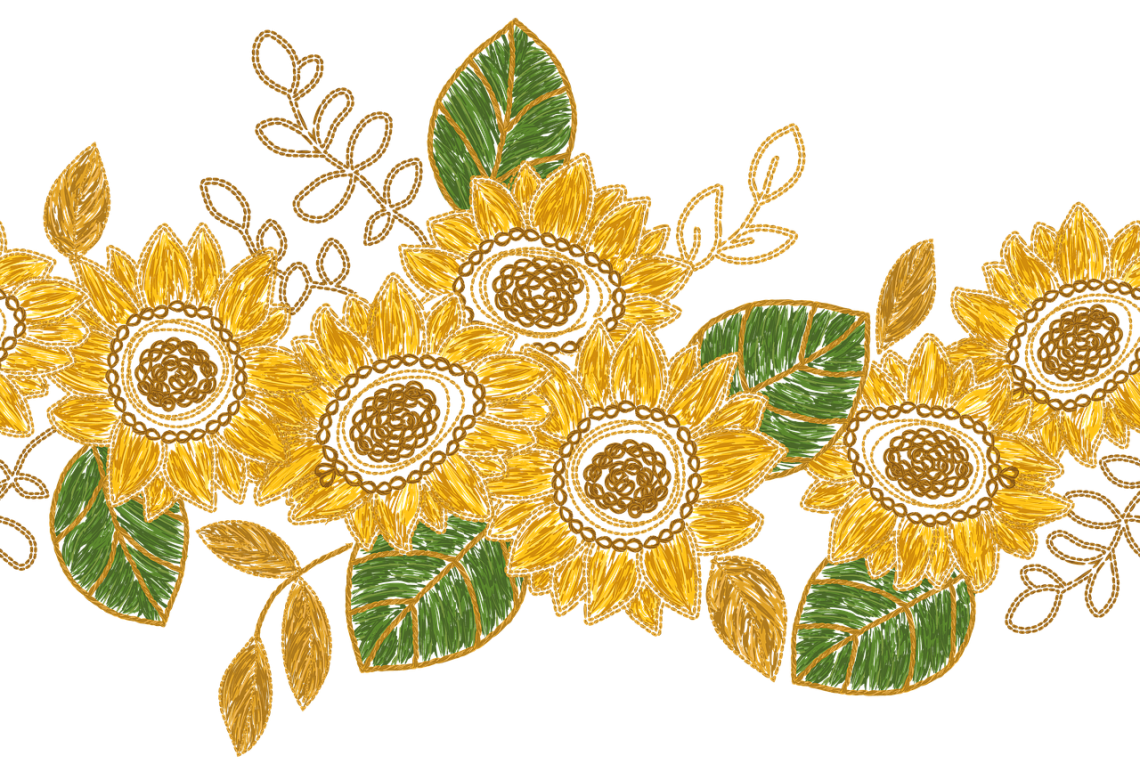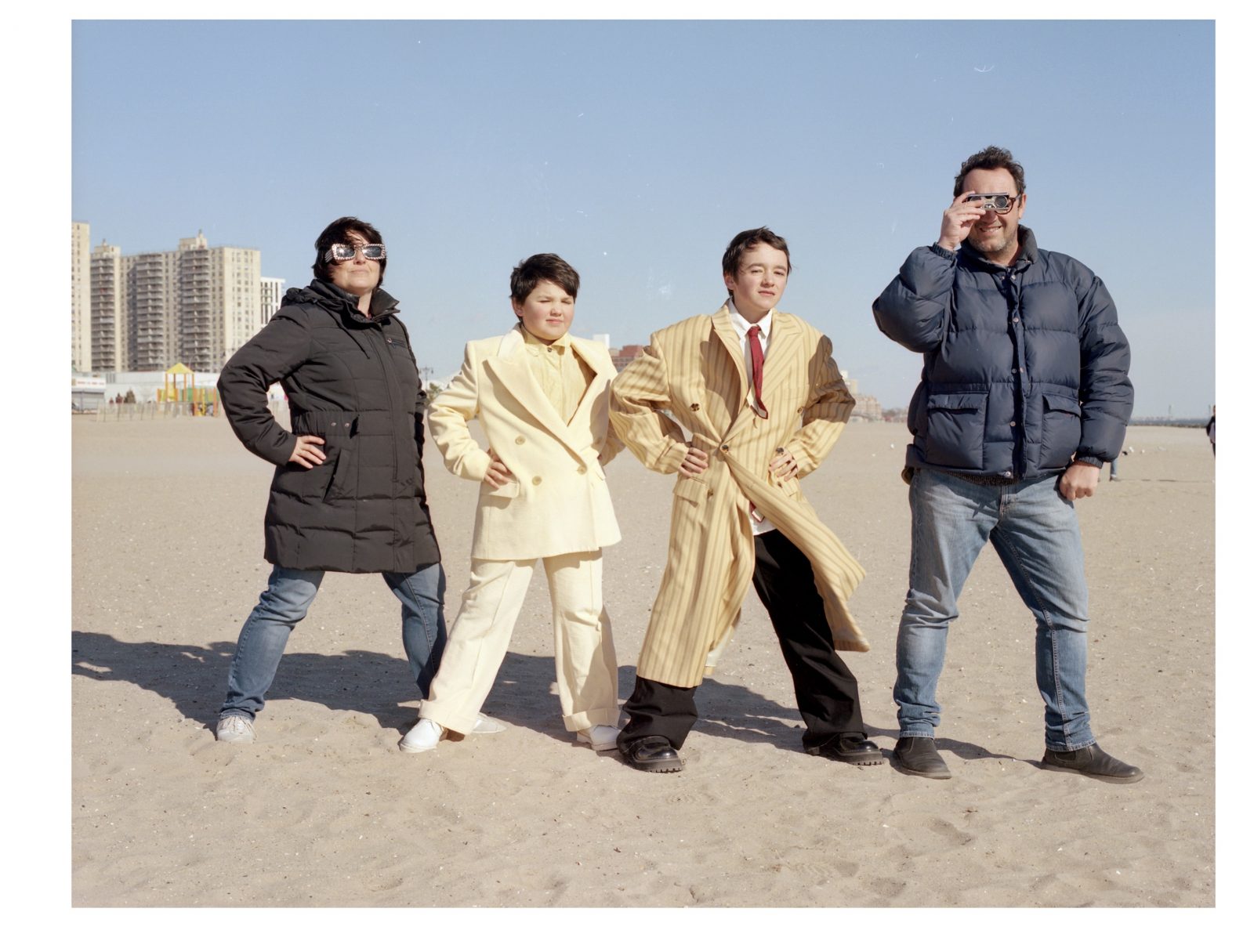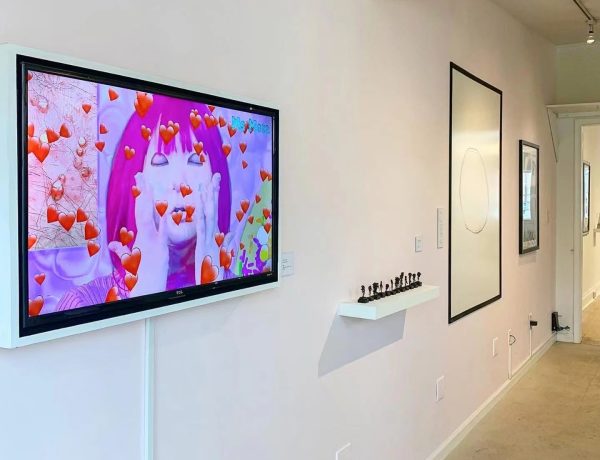Floral Symbolism
Introduction
Step into the enchanting realm of floral symbolism, where blossoms speak volumes in their silent eloquence. Flowers, ordered via flower delivery in India, beyond their aesthetic allure, bear significant meanings entrenched in cultural, historical, and emotional contexts. In this exploration, we unravel the intricate messages woven into the petals of nature’s poetry.
The Language of Flowers: Symbolic Meanings and Traditions
Travel back to the Victorian era, a time when bouquets served as messengers of the heart. Here, the language of flowers flourished, with each bloom possessing its own secret code. The rose, the quintessential emblem of love, whispered sweet nothings, while lilies invoked purity and daisies conveyed innocence. These floral messengers became conduits for expressing sentiments ranging from adoration to condolences, enriching interpersonal connections with layers of meaning.
In this era of strict social etiquette, where expressing one’s emotions openly was often frowned upon, the language of flowers provided a subtle yet powerful means of communication. Bouquets became a canvas upon which individuals painted their deepest feelings, allowing them to convey messages of affection or sympathy with elegance and discretion. The exchange of floral arrangements became an art form in itself, with intricate meanings hidden within seemingly simple bouquets. From courtship rituals to mourning practices, the language of flowers permeated every aspect of Victorian society, serving as a universal language of the heart. As petals whispered their silent verses, they forged bonds that transcended the constraints of words, weaving a tapestry of emotions that spanned continents and generations.
Cultural Perspectives: Symbolism of Flowers Around the World
Embark on a global odyssey to uncover the kaleidoscopic spectrum of floral symbolism. In Japan, cherry blossoms symbolize the ephemeral beauty of life, celebrated annually in hanami festivals. Contrastingly, the lotus flower in Buddhism emerges from muddy waters, symbolizing purity and enlightenment, echoing spiritual rebirth. Each culture infuses flowers with its own narratives, embedding them in rituals, myths, and traditions, enriching the tapestry of human experience with floral motifs.
Journeying across continents reveals a mosaic of cultural interpretations, where flowers serve as potent symbols deeply rooted in tradition and belief systems. In India, marigolds adorn temples and ceremonies, signifying auspiciousness and prosperity in Hindu rituals. Meanwhile, in ancient Egypt, the blue lotus was revered as a symbol of rebirth and fertility, adorning tombs and sacred spaces. From the vibrant carnivals of Latin America, where bougainvillea and orchids bedeck streets in a riot of color, to the solemn tea ceremonies of China, where delicate peonies embody wealth and honor, floral symbolism permeates diverse cultural practices, binding communities through shared meanings and stories. Across time and space, flowers transcend mere decoration, becoming vessels of collective memory and cultural identity, weaving a rich tapestry of human experience intertwined with the language of nature.
Contemporary Interpretations: Modern Uses of Floral Symbolism
Fast forward to the present, where the language of flowers finds new resonance in contemporary culture. Filmmakers weave floral metaphors into cinematic tapestries, evoking emotions and themes beyond words. Writers infuse prose with floral imagery, painting landscapes of the human psyche with petals of meaning. Artists, too, harness the evocative power of blooms, translating emotions into visual poetry. In this digital age, floral symbolism transcends mediums, resonating with audiences worldwide in a symphony of colors and emotions.
In today’s digital landscape, social media platforms are adorned with floral aesthetics, with influencers and content creators leveraging the allure of blooms to convey mood and style. Fashion designers draw inspiration from floral motifs, incorporating them into runway collections that blossom with creativity and symbolism. Moreover, in the realm of interior design, floral patterns grace textiles and wallpapers, infusing living spaces with a sense of natural beauty and tranquility. Beyond the tangible, virtual environments like video games and virtual reality experiences incorporate floral elements, offering immersive journeys through digital gardens of imagination. As technology continues to evolve, the language of flowers adapts and flourishes, seamlessly intertwining with contemporary culture to nurture the human spirit in an ever-changing world.
Conclusion
Flowers, with their silent eloquence, transcend linguistic barriers, weaving tales of love, loss, and longing in their delicate petals. Through the ages, floral symbolism has been a steadfast companion in human communication, enriching our interactions with nuanced meanings. By embracing the language of flowers, we embark on a journey of discovery, unlocking the profound messages encoded within nature’s most exquisite creations. So, the next time you encounter a bloom, pause, and listen to its whispered secrets, for within its petals lies a world of meaning waiting to be unraveled.
Read more lifestyle and art articles at ClichéMag.com
Images provided by Deposit Photos, BingAI, Adobe Stock, Unsplash, Pexels, Pixabay & Creative Commons



